Figures & data
Figure 1. Sites with paleoclimate reconstructions of the past 1,000–2,000 years used in this study. Lake sediment records are denoted by a circle and color-coded by proxy type. The new record from this study is indicated in red (SW08).
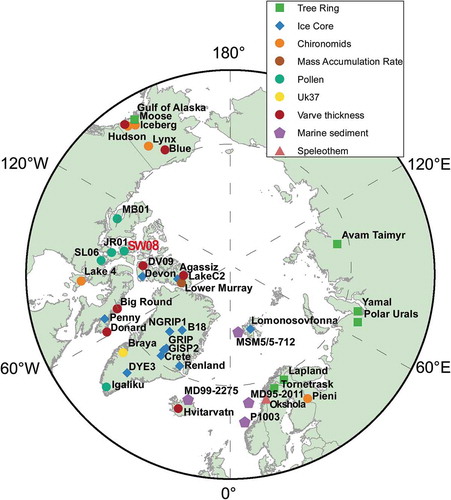
Table 1. Pollen and spore taxa identified in core SW08. The local and regional taxa were used in numerical analyses. Taxa denoted with an asterisk (*) were part of the modern training set but were not found in the core.
Table 2. 210Pb results and ages based on constant-rate-of-supply (CRS) (Appleby and Oldfield Citation1978) model. The supported activity for all samples was 64.0 Bq/kg.
Table 3. Radiocarbon ages and hardwater-corrected dates. *: Indicates dates rejected and not used in developing the chronology. All dates are based on aquatic mosses extracted from the sediment. Samples were calibrated using OxCal v4.2.4 (Bronk Ramsey Citation2009) and the IntCal13 calibration curve (Reimer et al. Citation2013).
Figure 2. Age-depth curve for core SW08. Triangles are 210Pb ages; Circles are the 14C median calibrated dates with 2σ age range; red circles are 14C dates rejected from age-depth model; Squares are hardwater-corrected 14C dates (see text for details). Solid line represents the corrected age-depth model; dashed line is the age-depth model without hardwater correction.
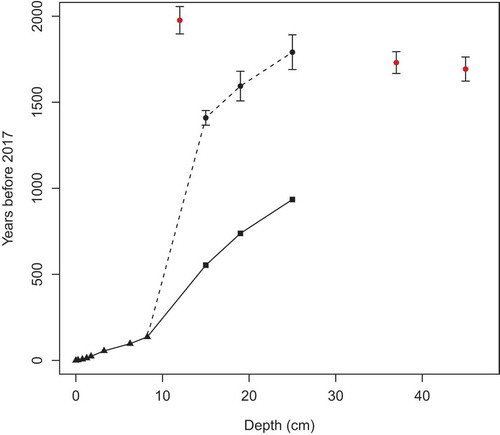
Figure 3. Local and regional pollen in core SW08. The second line in the curves of the rarer taxa is a 5x exaggeration. Sums were calculated based on entire pollen assemblage (local, regional, and long-distance), although the numbers in the final column include all pollen and spores counted.
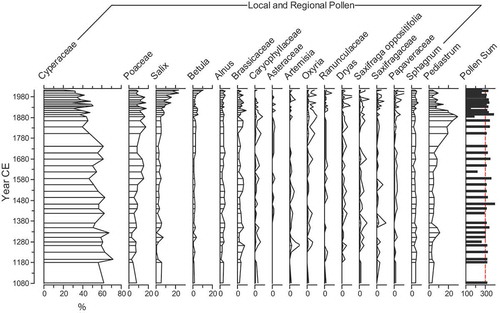
Figure 4. Long-distance, local, and regional pollen percentages, pollen concentrations, accumulation rates, and mean July temperature (°C) reconstruction for core SW08. Sums were calculated based on entire pollen assemblage (local, regional and long-distance). On the temperature reconstruction, grey lines are the standard deviation of the three best analogs and the red line is a loess curve (span = 0.25) fitted to the reconstruction.

Figure 5. Principal Component Analysis (PCA) for SW08 pollen percentages. Only taxa used in the July temperature reconstruction were included in the PCA (). Panel (a) shows the loadings and (b) shows the scores coloured by year CE and grouped by climatic periods identified in the literature.
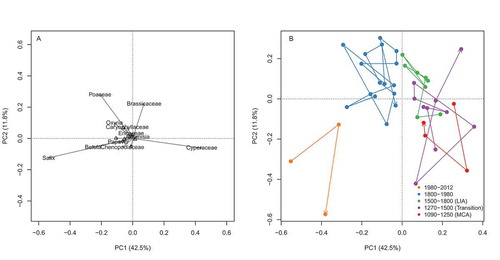
Figure 6. Pollen-based temperature reconstructions in the Central and Western Arctic. The horizontal line is the mean for each record based on a reference period from 1000–2000 CE. Note: the reconstructions for SL06, JR01, and MB01 differ from the original publications because they were redone using the new modern database from Gajewski (Citation2015).
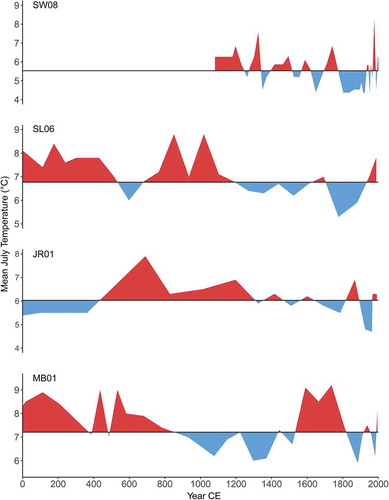
Figure 7. (A) Comparison of the average of all the records (n = 40) relative to their common period (1090–1960 CE; orange line) computed for this study and the average for all the records (standard deviation with respect to 980–1800 CE; blue line) from Kaufman et al. (Citation2009). The solid gray line shows the number of records used to compute the average for this study over time (orange line). (B) Average for this study with (orange line) and without (blue line) additional records from the Canadian Arctic Archipelago. (C) Average for this study (orange line) and the PaiCo reconstruction (blue) from McKay and Kaufman (Citation2014). Note: McKay and Kaufman (Citation2014) is a reconstruction of annual temperature anomalies, whereas the averages from this study and Kaufman et al. (Citation2009) are standardized values (z-scores).
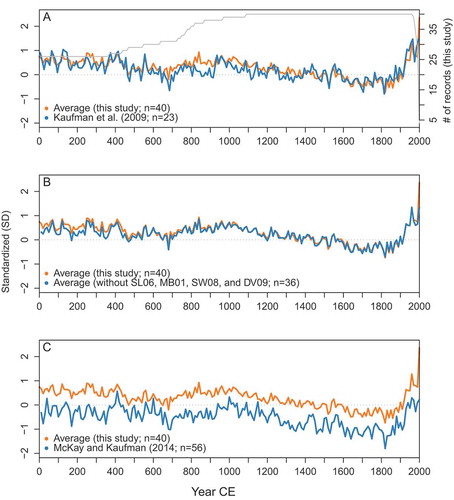
Figure 8. Principal Component Analysis (PCA) of proxy climate records from the Arctic. (A) Records from 1090–1960 CE (PCA1) showing the loadings colored by proxy type. (B) Scores grouped by clusters established using Ward’s method. (C) Records from 10–1960 CE (PCA2) showing loadings colored by proxy type (same legend as in panel A). (D) Scores grouped by clusters established using Ward’s method. Note the different axis scales.
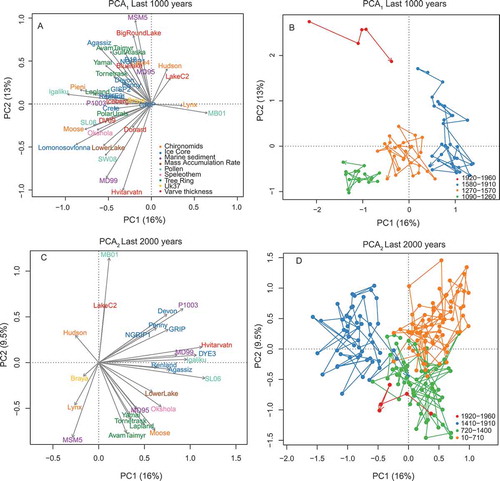
Figure 9. (A) Maps of the loadings from PCA1 and associated scores over time for component 1 and (B) component 2. (C) Maps of loadings from PCA2 and associated scores over time for component 1 and (D) component 2.
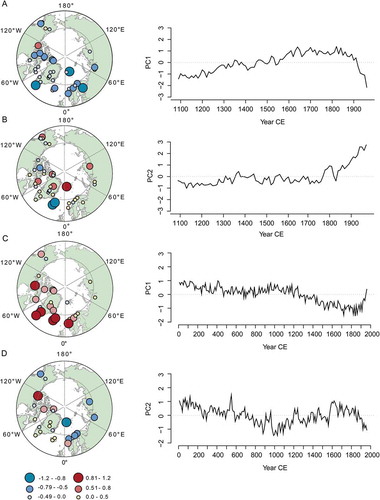
Table A1. List of reconstructions included in the synthesis study. Sites in bold are included in both PCA1 (1090–1960 CE) and PCA2 (10–1960 CE).
